 |
 |
 |
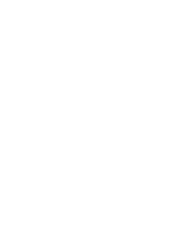
|
White satin jacquard evening dress, tulle covering, decorated with sequin and glass bead rose pattern embroidery. Western Europe, the 1940s. Private collection of Alexandre Vassiliev. Publicity photo
|
|
 |
INVITATION TO THE CENTENARY BALL. 1915–2015
16/7/2015-25/10/2015
Great Hall
From 16 July to 25 October 2015, the Museum of Decorative Arts and Design in Riga will host the exhibition “Invitation to the Centenary Ball. 1915–2015” presenting the most glamorous evening gowns from the private collection of the outstanding fashion historian Alexandre Vassiliev, Paris.
|

|
Posted 15 July 2015
|
Share this:
|
|
What could be more desirable, more romantic than an invitation to the ball? A ball is a combination of music and dance, the aroma of perfumes, sparkling eyes, rustling taffeta material and shining glitter, a haze of tulle and delightful lace patterns… Over the past century, hundreds of designers and tailors have made the attempt to pander to the refined tastes of top-notch customers creatively, in this matchless great fashion genre. Ball gowns continually enrapture and excite, as they embody the female dream!
|
|
|
|

|

|

|
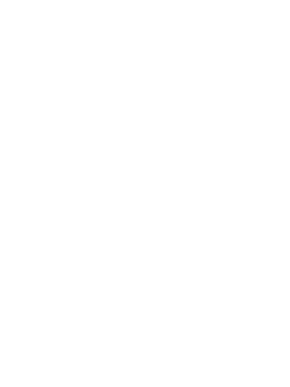
Velvet evening cape with fleece collar. Bradley LTD Fashion House, London, 1914–1916. Private collection of Alexandre Vassiliev. Publicity photo
|
|
Alexandre Vassiliev’s private couture collection show at the Museum of Decorative Arts and Design in Riga has become a tradition since it is the seventh time that he stages his exhibitions here. This year, the glamorous show brings together the most beautiful costumes characterizing the historical period from 1915 to 2015. It is a celebration of a centenary-long past of fashion, a fashion triumph and the quintessence of beauty. The exhibition comprises unique ball and evening gowns from the latest acquisitions to the Alexandre Vassiliev Foundation.
The glamorous fashion parade starts with evening dresses worn at the beginning of the 20th century when the Argentinian tango came into fashion, followed by the maxixe (Brazilian tango), quickstep and foxtrot too, alongside the waltzes and galops, the contra dance and mazurkas. The ball scene changed radically with the beginning of the First World War – the number of balls declined as most of the menfolk were at the front. Corsets were completely pushed off the fashion scene, the colour black, the colour of grieving and suffering in war, was an innovation for balls.
|
|
|
|
|
|
The new era of ball life commenced only after the end of the war in 1918. The American jazz music filled the world, and ladies’ ball dresses became shorter. Electric light made night clubs popular for many, and the balls gradually began to move from pompous formal halls to dance clubs and night clubs. In 1920, Riga was called the little Paris, with night clubs and dances portrayed frequently in the paintings of the time. The Art Deco fashion, without doubt, reflected the emancipation of women, the desire of females to reveal their shoulders, arms, backs and legs, shortening their skirts to the knee, and furthermore lowering the midline and hip line. Muslin gowns, embroidered with glass pearls, beads and sequins were in fashion at the time. Shoes with straps and one or more fasteners were worn with these, to cope with the challenges of the energetic movements of the modern dance of the time, the Charleston.
|
|

|

|

|
The 1930s – the era of the Great Depression – introduced the tuxedo into men’s ball wardrobes, with female gowns now reaching to the floor, bringing the average length back to its natural position. Italian fashion designer Elsa Schiaparelli was an outstanding creator of extravagant style ball gowns. Her competitor in fashion, Gabrielle Chanel (Coco Chanel) maintained the fashion of the black guipure dress. But Madeleine Vionnet, a French genius of fashion design continued the bias cut gown, which transformed the female silhouette in those years. Many designers in this pre-war period created magnificent ball dresses. Balls were often held on ships, transatlantic liners and at educational institutions. Pre-war balls were often dedicated to professional guilds – there were special balls for railwaymen, cooks, doctors, firemen and tailors. But the balls in Hollywood art films, which transformed women into princesses in crepe-satin gowns and wonderful models in sparkling lamé material, were considered to be the most glamorous and stylish.
|
|
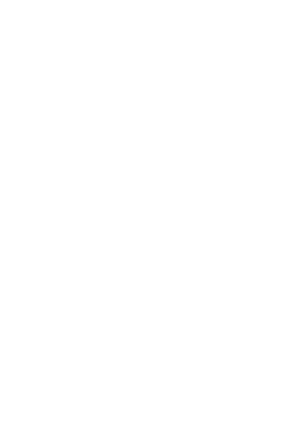
Ball gown. Chanel Fashion House, Paris, 1938. Publicity photo from the private collection of Alexandre Vassiliev
|
|
|
|
|
|
|
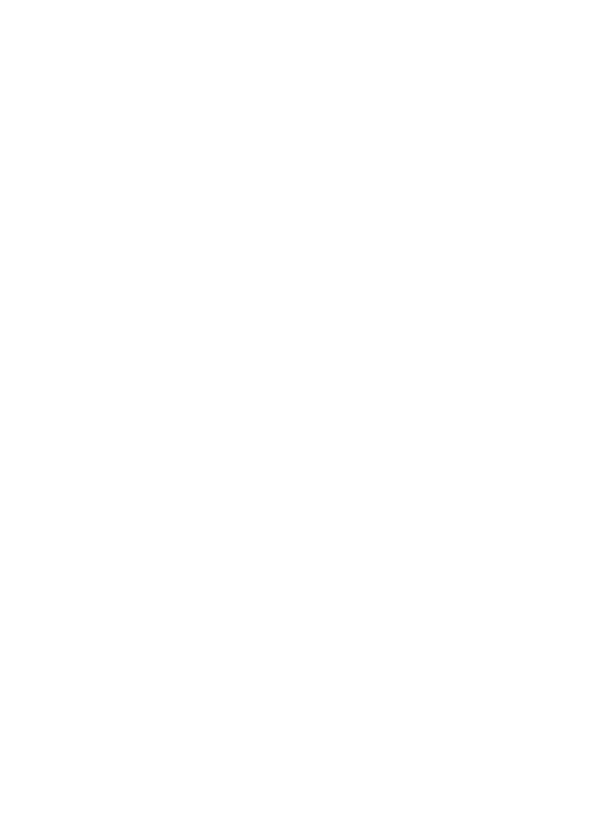
Silk taffeta and beige tulle New Look ball dress, bodice embroidered with rhinestones, glass pearls and beads. USA, 1953. Private collection of Alexandre Vassiliev. Publicity photo.
From Constance St.Clair's (1923–2009) wardrobe, worn by her at the inauguration party of the USA President Dwight D. Eisenhower at the White House ball, Washington, D.C.
|
|
|
|
|
|
The Second World War once again disrupted the long-standing tradition of balls. They were much fewer in number, but they still took place and helped people forget reality and plunge into romantic atmosphere, like watching Hollywood films. Those at the pinnacle of design in those years included Maggy Rouff, Lucien Lelong, Cristobal Balenciaga, Jean Lanvin, and later Christian Dior and Pierre Balmain in Paris. At that time, the incomparable American fashion designer Valentina, born in Kiev as Valentina Sanina, shone in New York. The end of the war and the demobilization of troops spurred the rapid rebirth of ball life. The New Look fashion created by Christian Dior in 1947, with its full tulle skirts, was like something that had been specifically commissioned for balls. The fullest and most representable ball gowns were offered to the public specifically in the 1950s. These were often extremely feminine, with plunging necklines and tailored from fabric in warm, mild tones, and made every woman look like a beautiful blooming rose.
|

|

|

|
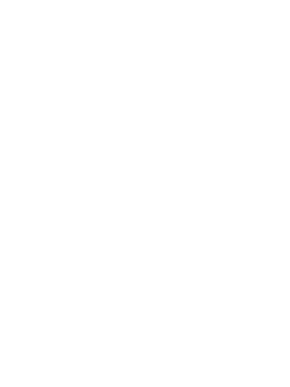
Black silk rep New Look ball dress with white polka dot print. Designer: Oscar de la Renta, USA, 1958–1959. Private collection of Alexandre Vassiliev. Publicity photo
|
|
The revolutionary 1960s significantly transformed traditions in the lifestyle of the Old and New World. Balls were single-mindedly and sharply pushed off the fashion scene, making way for the new style. Young people were interested in outer space and the fashion it stimulated, in the new dances – the twist and the shake. And the super-modern mini-skirt created confusion with the fashion of the ball gown which extended to the floor. However, even in these conditions, balls were held at the White House in Washington, at government events in Europe, for example, the Rose Ball at Monte Carlo. Red carpets became increasingly popular in the post-war years: the award presentation festival at the Cannes Film Festival, the Oscars Awards in Hollywood or the presentation of the Cezar Awards in Paris. The number of balls decreased, but the number of prestigious ceremonies visibly increased, and ball gowns transformed gradually into new, formal and no less impressive costumes.
|
|
|
|
|
|
The hippy movement which began in the USA in 1968, threw everything on its head – ball gowns as we knew them and many bourgeois values went out of fashion. The concept of the ball as such was replaced for a time with the concept of the hippy happening, with the choice being a rock concert in a meadow or the enjoyment of country music in ethnic costume. The return of the retro style with the light touch of Yves Saint Laurent in the early 1970s allowed a flash back to the old days in the field of evening gowns and ball gowns. The new disco style brought not only new musical themes, but also the desire to shine, replacing the desire to be flashy. Gowns with shoulder pads, covered with sparkles and glass beads in the late 1970 and 1980s were the last gasp in the interest in honest 20th century bourgeois values.
The late 20th century first brought ecology into fashion and then, minimalism and maximalism. Oscar de la Renta, John Galliano, Alexander McQueen, Vivienne Westwood, Karl Lagerfeld and others were the outstanding creators of ball designs during these years. The crisis, which affected the major fashion scene in the sense of a declining interest in public balls and a shortage of moneyed customers, forced the major fashion designers to visibly simplify the assortment of ball gowns, creating many models for the prêt-à-porter (ready-to-wear) level.
But the new designers haven’t given up! As before, they are ready for the rebirth of charm and are creating one-off models, many of which are presented in a new exhibition “Invitation to the Centenary Ball. 1915–2015” at the Museum of Decorative Arts and Design.
Text by Alexandre Vassiliev, Al?da Kr?sli?a
Exhibition patron: ABLV Bank.
Exhibition supported by: State Culture Capital Foundation, Riga City Council’s Education, Culture and Sports Department, Riga Tourism Development Bureau Foundation LIVE RIGA, agency LILITA, Alexandre Vassiliev Foundation.
|
|
|
SOME BIOGRAPHICAL DATA OF ALEXANDRE VASSILIEV
Alexandre Vassiliev was born on 8 December 1958 into a family of theatre artists. Since 1982 he lives in Paris. Alexandre Vassiliev, a fashion historian and artist, is the owner of one of the greatest collections related to fashion in the world, counting over fifty thousand articles. He is the author of many books and articles on history of fashion. He has created more than a hundred opera and ballet set designs for the leading theatres in France, United Kingdom, United States, Japan and elsewhere in the world. Earlier he was engaged also as the feature editor of Vogue and Harper’s Bazaar magazines, Russian edition. Alexandre Vassiliev was awarded S. P. Diaghilev's and V. Nizhinsky's medals, Patron Order and Gold Medal of the Russian Academy of Art. In 2010, he received ?he World Fashion Awards, Russia recognition for his contribution to the field of fashion history.
EXHIBITION CURATOR:
Alexandre Vassiliev, fashion historian,
President of the Alexandre Vassiliev Foundation, Paris
EXHIBITION COORDINATORS AT THE MUSEUM:
Alida Kreslina, art historian
GSM: (+371) 29 173440, E: alida.kreslina@inbox.lv
Inese Baranovska, Head of the Museum of Decorative Arts and Design
Latvian National Museum of Art
T: (+371) 67 830900, GSM: (+371) 27 898454, E: Inese.Baranovska@lnmm.lv
INTERNET SOURCES:
www.lnmm.lv
www.vassiliev.com
OPENING HOURS:
Daily 11.00–17.00, ticket office 11.00–16.30
Wednesdays 11.00–19.00, ticket office 11.00–18.30
Closed on Mondays
The museum is closed on all public holidays: 1 January, Good Friday, Easter, Midsummer Eve and Day (23–24 June), Christmas (25–26 December), 31 December.
ADMISSION:
Individual admission fee for groups of 10 or more people given in brackets.
Free admission for group leaders.
Adults: EUR 3,56 (2,85)
Schoolchildren, students, senior citizens: EUR 2,13 (1,42)
See the Agenda>
THE MUSEUM OF DECORATIVE ARTS AND DESIGN
Skarnu 10
Riga
Latvia
+371 67 222 235
lnmm.lv
|
|
|
|
|
|
|


